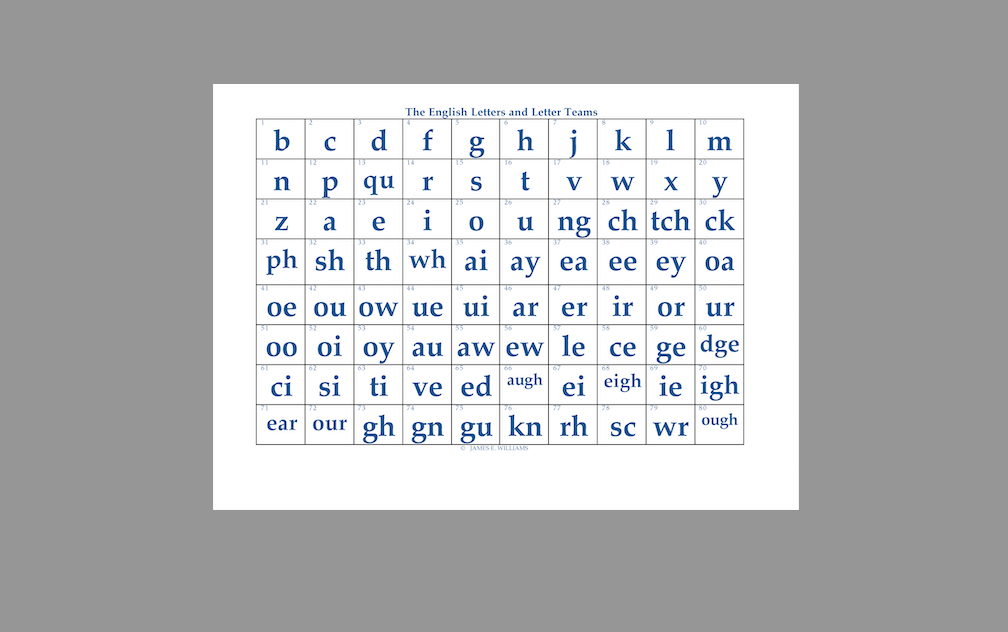Structured, Systematic Phonics Instruction is Essential for Struggling Readers
Reading is one of the most essential skills that children need to learn in school. It opens the door to academic success and lifelong learning. However, not all children learn to read easily and naturally. Some children struggle with basic reading skills, such as decoding words and comprehending texts. According to the National Assessment of Educational Progress (NAEP), approximately 40% of fourth-graders and 34% of eighth-graders scored below basic in reading in 2019.
One of the reasons why some children struggle with reading is that they do not receive effective reading instruction that meets their needs. Many reading teachers are not trained in the science of reading and phonics, which are research-based approaches to teaching reading skills. This blog post will explain what structured, systematic phonics instruction is and why it matters for struggling readers.
Table of Contents
- What is Structured, Systematic Phonics Instruction?
- What are the Benefits of Structured, Systematic Phonics Instruction for Struggling Readers?
- How Can Teachers Implement Structured, Systematic Phonics Instruction in Their Classrooms?
- Conclusion
What is Structured, Systematic Phonics Instruction?
Phonics is a part of the science of reading that teaches students how letter patterns represent sounds in written language. Phonics instruction helps students decode words by teaching them the relationship between letters and sounds.
Structured, systematic phonics instruction is a type of phonics instruction that follows a sequential and planned set of phonics elements that gradually builds from base elements to more subtle and complex structures. Teachers follow a scope and sequence, as opposed to implicit phonics instruction that addresses phonics as it comes up in text.
Structured, systematic phonics instruction typically includes the following components:
- Phonemic awareness: The ability to identify and manipulate individual sounds in spoken words.
- Letter-sound correspondences: The knowledge of how letters and groups of letters link to sounds.
- Spelling patterns: The rules and patterns that govern how words are spelled.
- Word analysis: The ability to break down words into smaller units, such as syllables, prefixes, suffixes, and roots.
- Syllable types: The knowledge of the six basic syllable types in the English language: closed, vowel-consonant-e, open, consonant-le, r-controlled, and vowel pair.
- Syllable division rules: The rules that help students determine where to divide words into syllables for accurate decoding.
Structured, systematic phonics instruction can be delivered using different methods or programs, such as synthetic phonics, analytic phonics, analogy-based phonics, phonics through spelling, or onset-rime phonics. The common feature of these methods or programs is that they teach phonics elements in a clear and explicit way.
What are the Benefits of Structured, Systematic Phonics Instruction for Struggling Readers?
Structured, systematic phonics instruction can have significant benefits for struggling readers. Some of these benefits include:
- Improved word recognition and spelling: Structured, systematic phonics instruction helps students master the code of written language and become fluent and accurate readers and spellers. Research shows that systematic phonics instruction makes a bigger contribution to children’s growth in reading than instruction that provides non-systematic or no phonics instruction.
- Improved reading comprehension and vocabulary: Structured, systematic phonics instruction helps students access the meaning of texts by enabling them to decode words quickly and effortlessly. This frees up cognitive resources for higher-level processes such as comprehension and vocabulary development. Research shows that decoding skills are essential for reading comprehension and that poor decoders have difficulty comprehending texts even when they have adequate oral language skills.
- Improved confidence and motivation: Structured, systematic phonics instruction helps students overcome their frustration and anxiety about reading by providing them with clear and consistent rules and strategies for decoding words. This boosts their confidence and motivation to read more and learn from texts.
How Can Teachers Implement Structured, Systematic Phonics Instruction in Their Classrooms?
Teachers can implement structured, systematic phonics instruction in their classrooms by following these steps:
- Assess students’ current phonics skills and identify their strengths and needs.
- Choose a method or program of structured, systematic phonics instruction that matches your students’ needs and your curriculum goals.
- Follow a scope and sequence that teaches phonics elements in a logical order from simple to complex.
- Provide explicit and direct instruction that explains the letter-sound relationships and how to apply them to decode words. Use clear examples and non-examples to illustrate the rules and patterns of phonics.
- Provide ample and varied practice opportunities that allow students to apply their phonics skills to read and spell words in isolation and in context. Use texts that contain a high proportion of decodable words that match the phonics elements taught.
- Provide feedback and correction that guide students to self-monitor and self-correct their decoding errors. Use positive reinforcement and praise to encourage students to persevere and improve their phonics skills.
- Monitor students’ progress and adjust instruction accordingly. Use formative assessments to check students’ understanding and mastery of the phonics elements taught. Provide additional support or challenge as needed to meet students’ individual needs.
Conclusion
Some children will become successful readers regardless of the kind of reading instruction they receive. But for those students who struggle with basic reading skills, approximately 40% of the population, they are the group of students who most benefit from structured, systematic phonics instruction.
Structured, systematic phonics instruction is a type of phonics instruction that follows a sequential and planned set of phonics elements that gradually builds from base elements to more subtle and complex structures. It helps students decode words by teaching them the relationship between letters and sounds.
Structured, systematic phonics instruction can have significant benefits for struggling readers. It can improve their word recognition, spelling, reading comprehension, vocabulary, confidence, and motivation.
The We All Can Read Online Program helps those students in the lowest 40 per cent of the population who struggle with reading by:
- Providing them with a systematic and comprehensive phonics program that teaches them the underlying rules and patterns of the English language.
- Using an Orton-Gillingham-based approach that is proven to be effective for students with dyslexia and other learning disabilities.
- Offering them multisensory, step-by-step, direct instruction that combines video, audio, and text to engage different learning modalities.
- Allowing them to work independently and at their own pace from anywhere using their phone, computer, or tablet.
- Giving them feedback and assessment through quizzes, worksheets, and fluency exercises to monitor their progress and mastery.
- Making it affordable and accessible by offering the first 10 lessons for free and charging a fraction of the cost of other Orton-Gillingham-based programs.






